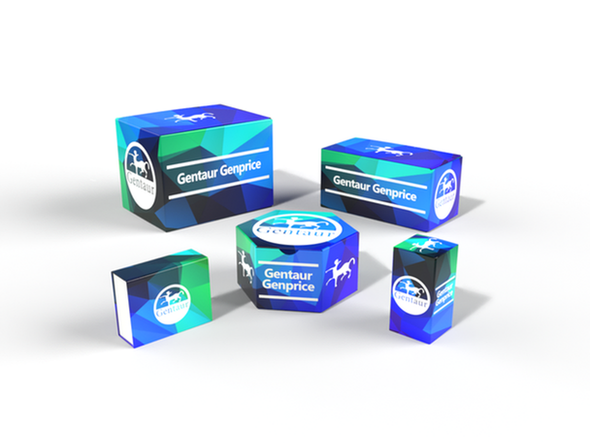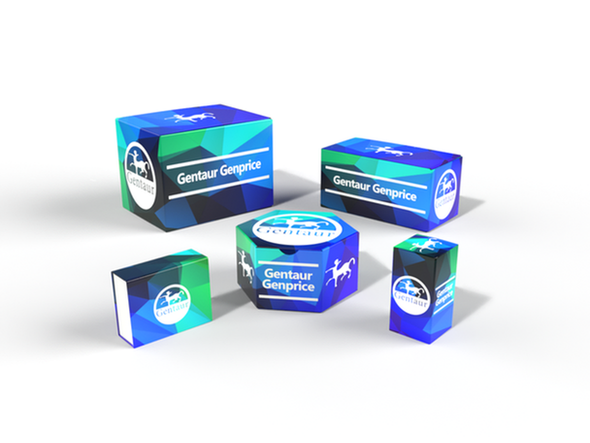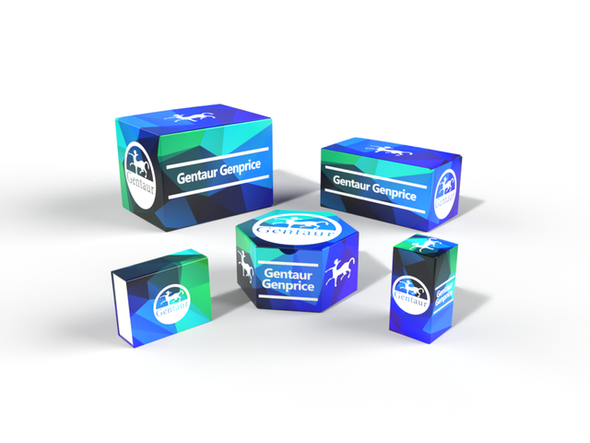451 Recombinant Proteins and Cell culture
ACP3 | Activated Caspase 3 (p20/p17 subunit) | AS21 4569
- SKU:
- 451-AS21 4569
- Availability:
- Usually ships in 5 working days
Description
ACP3 | Activated Caspase 3 (p20/p17 subunit) | AS21 4569 | Gentaur UK, US & Europe Distribution
Immunogen: KLH-conjugated synthetic peptide corresponding to the human caspase 3 cleavage site, 6 aa (CGIETD) UniProt: P42574
Host: Rabbit
Conjugation: N/A
Clonality: N/A
Isotype: N/A
Purity: Serum. Contains 0.05 % sodium azide.
Format: Liquid
Tested Application: ELISA (ELISA), Immunolocalisation (IL), Western blot (WB)
Related Products: Collection of antibodies to proteins involved in Alzheimer's disease
Recommended Dilutions: 1: 500 - 1: 1000 (IL), 1:3000-1:1000 (WB)
Molecular weight: 31, 6 | 17 and 19 kDa
Confirmed Reactivity: Human, Mouse and Rat
Predicted Reactivity: Species of your interest not listed? Contact us
Not reactive in: N/A
Additional Information: The antibody does not react with the proenzyme p32
Background: Caspases are a family of cysteine proteases which play essential roles in apoptosis. Among them, Caspase 3 is a frequently activated death protease, catalyzing the specific cleavage of many key cellular proteins. Caspase 3 is synthesized as an inactive 32 kDa pro-enzyme which undergo proteolytic processing in response to apoptotic stimulation to produce the active form which consists of the p20/p17, and p12 subunits. Caspase 3 is the predominant caspase involved in the cleavage of Alzheimer amyloid precursor protein (APP), which is associated with neuronal death in Alzheimer 's disease. An antibody (named ACP3) against activated caspase 3 was raised in rabbit. This antibody recognizes the active form of human caspase 3, p20/p17 subunit but does not recognize the proenzyme p32.
Reconstitution: N/A
Storage: Store at -20°C; make aliquots to avoid repeated freeze-thaw cycles. Please remember to spin the tubes briefly prior to opening them to avoid any losses that might occur from material adhering to the cap or sides of the tube.
TAIR Nnumbre: N/A
Category: Neurodegenerative diseases
Research Area: Pathology, Amyloid disorders






